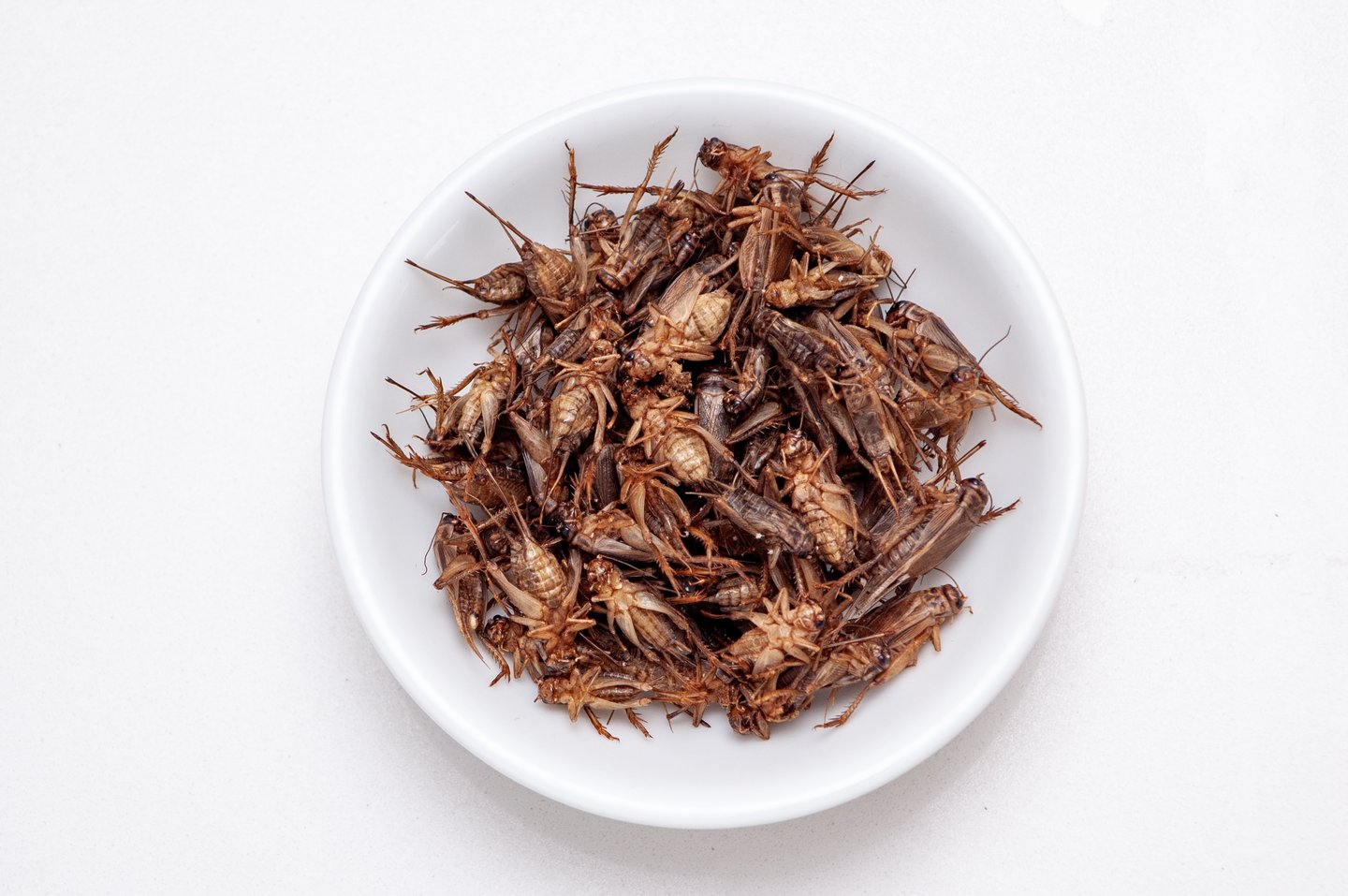Crickets, collapse and consumer choice: Ottawa’s protein problem
A new chart from the Agri-Food Analytics Lab at Dalhousie University, based on the Canadian Food Sentiment Index, offers a nuanced look at the evolution of Canadian dietary habits. While some observers may see a decline in omnivorous eating as a sign that Canada is becoming a plant-based nation, the data suggests a more fragmented and pragmatic shift in consumer behaviour.
Between Fall 2024 and Spring 2025, the share of Canadians identifying as omnivores—those with no dietary restrictions—dropped from 67.6% to 60.8%. At first glance, this appears to signal a major dietary shift. However, the decline is not being absorbed by vegetarians or vegans. In fact, the proportion of self-identified vegetarians fell from 7.7% to 5.9%, and vegans increased only marginally, from 2.6% to 3.0%.
READ: As prices rise and tastes change, grocers must innovate to keep meat sales sizzling
Instead, the growth is coming from flexitarian and “Other” dietary categories. Flexitarians—those who prioritize plant-based foods but still consume meat and fish—rose from 4.6% to 5.5%. The “Other” category, which now represents 11.4% of consumers (up from 9.1%), reflects a growing number of Canadians customizing their diets in ways that defy traditional labels.
This points to a key insight: the future of protein in Canada is not a zero-sum game. It is not about ideological purity or wholesale dietary conversions. It is about diversification, flexibility, and adaptation. Consumers are experimenting, not committing—shifting based on cost, availability, and cultural context.
That nuance was lost on early disruptors like Beyond Meat, which entered the market with a mission to replace meat altogether. Five years ago, its stock was trading near $200 USD. Today, it trades below $3 USD, following multiple rounds of restructuring. The message was simply misaligned with market realities.
Government policy hasn’t helped. Ottawa’s “protein play” has been, at times, disconnected from consumer preferences. A high-profile example is Aspire Food Group’s cricket-processing facility in London, Ontario. Once promoted as the world’s largest insect protein facility, the project is now in receivership, facing a $42 million bankruptcy. While the environmental rationale behind insect protein is valid—especially for animal feed—the consumer market in North America has not kept pace with the vision.
Insects may be traditional protein sources in parts of the world, but not in Canada. Food is deeply cultural, and transitions take time. Imposing unfamiliar protein formats onto a reluctant consumer base often backfires, especially when framed as moral imperatives rather than consumer choices.
So where does alternative protein innovation go from here? Toward the middle. The winning formula lies in hybrid, blended products that reduce animal protein content without alienating mainstream eaters. The real gatekeepers remain price and taste. Sustainability may generate interest, but repeat purchases depend on value and flavor.
The alternative protein sector still holds potential in Canada—but only for those who align with consumer sentiment, not against it. The Canadian Food Sentiment Index underscores this reality: today’s dietary decisions are not about revolutions. They are quiet negotiations, made one plate at a time.






